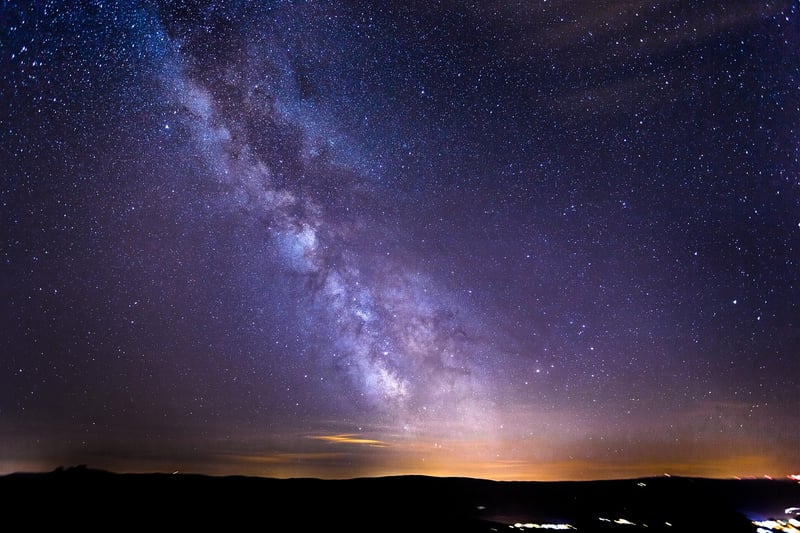Habitable Zones
The Search for Habitable Zones Beyond Our Solar System
As humanity's exploration of space continues to expand, one of the most intriguing questions we face is the search for habitable zones beyond our solar system. These regions, also known as Goldilocks zones, are areas where conditions may be just right for the existence of liquid water and, potentially, life as we know it.
What are Habitable Zones?
Habitable zones are regions around a star where the temperature is just right for liquid water to exist on the surface of a planet. This crucial element is essential for life as we understand it, making these zones prime candidates in the search for extraterrestrial life.
Searching for Exoplanets in Habitable Zones
Scientists use a variety of methods to detect exoplanets within habitable zones of distant stars. Techniques such as the transit method, radial velocity method, and direct imaging help researchers identify planets that may have the right conditions to support life.
Potential for Life Beyond Our Solar System
While the discovery of a planet within a habitable zone does not guarantee the presence of life, it does raise exciting possibilities. Studying these exoplanets can provide valuable insights into the diversity of planetary systems and the conditions necessary for life to thrive.
Challenges and Future Prospects
Despite technological advancements, detecting and studying exoplanets in habitable zones remains a complex task. Future space missions, such as the James Webb Space Telescope, promise to enhance our capabilities and bring us closer to unraveling the mysteries of distant worlds.
Conclusion
The search for habitable zones beyond our solar system represents a significant endeavor in our quest to understand the universe and our place within it. By exploring these distant realms, we not only expand our knowledge but also kindle the age-old question: are we alone in the cosmos?

Image source: Pixabay
